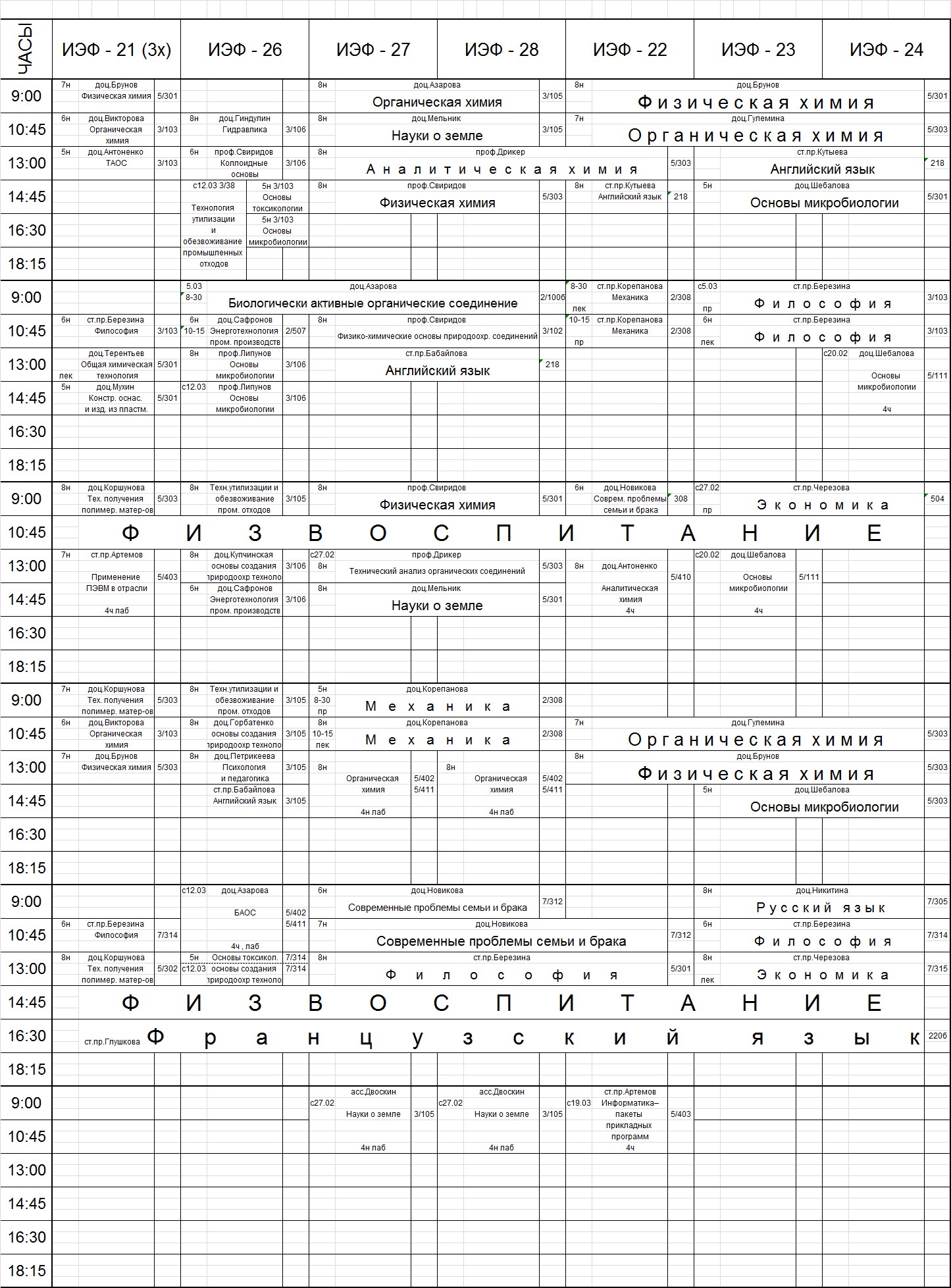step 1-Make the container
I decided to go ahead full bore for my first charcoal attempt. Many online sources indicate that they started out with small metal containers, but I figured a 55 gallon drum would be the best bet. So I found a recycled drum merchant on craigslist, paid $25 for a drum and proceeded to cut into it. I took some 3 inch round steel tubing and made the retort tube. This is …
step 2-provide holes for gasses to escape and Burn
Next, you need to provide holes in the pipe under the drum. The point is to create a large burner-like thing. I drilled 1/4 inch holes every 3 inches in both sides of the tube. Later I thought that might not be enough so I used my die grinder to cut 3 slits in the top of the pipe so that the gasses would be directed more directly at the drum.
step 3-collect wood and take your stuff to the burn site
At first, I figured on using all pallet wood. So I loaded everything in my van to take it to the burn site. Below you can see that I have everything loaded up and ready to go
step 4-load it up and cover it to keep the heat in
On my way to the burn, I realized that I did not have any way to keep the heat in the drum. So I stopped off at Lowes and bought 3 pieces of cement board at $9 each. You can see that I put a tray below the assembly in an attempt to have a low impact on the site. I did not want to burn the grass where I was doing this, and we had a copper fire place on hand. I think …
step 5-more on trying to keep the heat in
Here you see the cement board leaned against the assembly. I have some left over KaoWool (kiln refractory blanket) from a forge project so I draped that on top to keep the heat in the drum as much as possible. I draped chains over it to keep it on the drum
step 6-Load the drum with wood
Here we put some wood in the drum. this is Fir heartwood which my friend uses to heat his home. They are mill ends from a plywood mill. We filled the drum that much.
step 7-Start a fire
Pile wood up under the drum and set it ablaze. An old indian showed me how to start a fire without flint, steel, paper or tinder. He called it a weed burner and it's fuel is propane. It works real well.
step 8-burn for a good long time
we lit the fire at 10:30AM and did not see gasses come out of the tube below until about 3PM.... We wound up burning about 5 pallets, plus 2 moving boxes full of scraps from the school's woodshop. Probably about 150 lbs or so. There is about 120Lbs of wood inside the drum. not as efficient as I had hoped...
step 9-examine this video
it's a good step to watch video
step 10-watch out for too much smoke
this really does not smoke much. See the picture.












